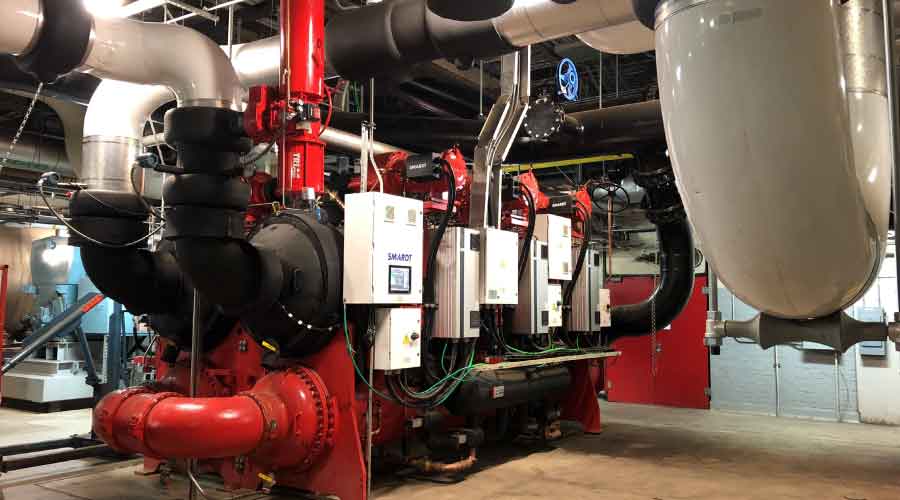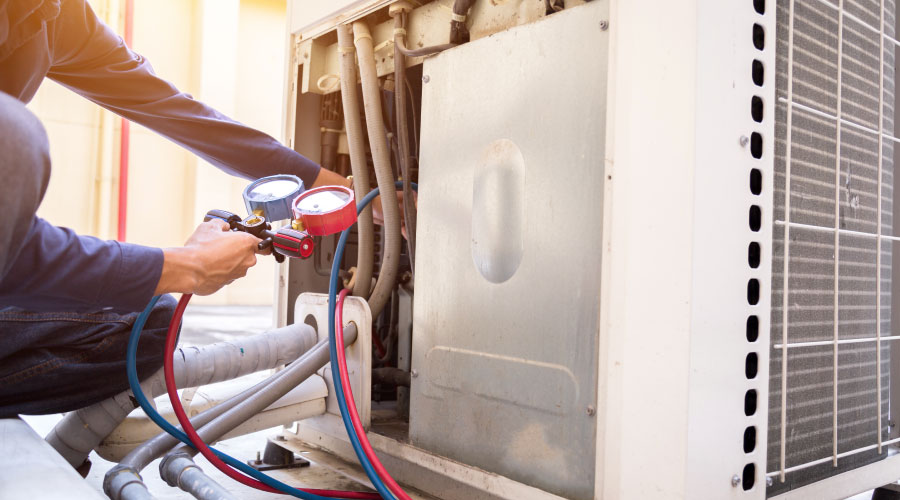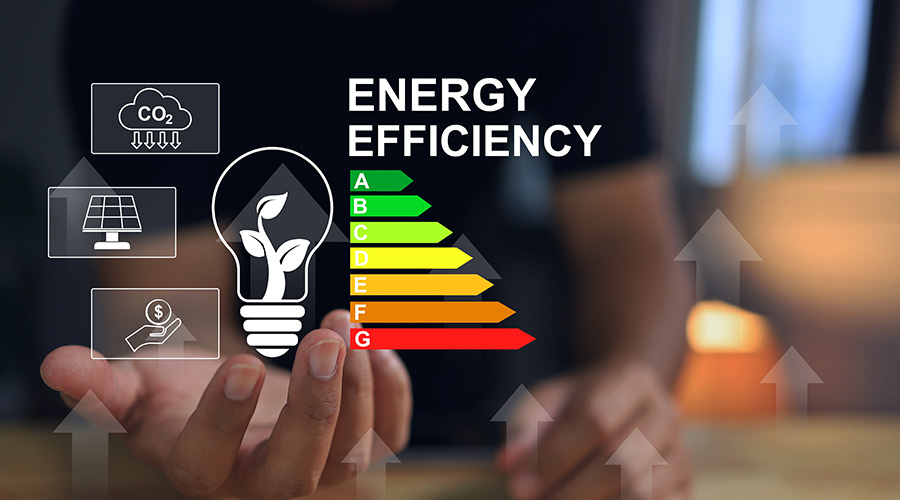More Students to Consider Enrolling at Sustainable Universities
More students are considering environmental factors in their decisions on where to continue their education.
This is part two of a two-part article. To read the first part, please click here.
The initial chiller installation was only the start of what became a 10-year modernization of the university’s chiller program. Between the two utility plants, the school has 15 chillers. The upgrades were done to also support a planned expansion of the adjacent University Hospital, which announced a long-term plan to expand, which increases chilled water requirements by about 25 percent.
“Since they rely on us for all of their energy use, we had to do something to keep up with what their needs were,” Hofmann says.
Progress continued in the initial stages of the modernization project. After installing the first chiller, the university planned to install two additional chillers soon after. The second chiller was installed by July 1, about a month later. The third was installed in 2020 during the COVID-19 pandemic, replacing a 28-year-old unit.
The modernization process included transitioning the university’s utilities operations to an energy dispatch strategy to operate the new equipment and additional equipment installed as part of the 10-year plan.
“We are going very high-tech and have employed what we call an energy center approach,” Hofmann says. “It’s little more than smart-type energy dispatch process for the Utilities operation being conducted by an energy management system. Not just by myself on a daily basis but by our operators in real time.
“We rely on those processes to operate our system. That’s where we’ve been really able to achieve many of the efficiencies associated with cost and CO2 reductions. What we’ve tried to do with all of our energy production systems is identify where they can be the most efficient operationally and go from there. That also helps us significantly, maintenance-wise.”
Before the modernization process, the university was spending almost $500,000 dollars annually on chiller maintenance, Hofmann says.
“We do not have a large maintenance staff,” Hofmann says. “We are not extremely well-versed in the specific maintenance needs for chilled water production equipment.”
Hofmann had to convince the university’s leadership that the project was a worthy investment. In this instance, Hofmann’s previous background working for an energy provider proved valuable.
“That was the biggest pushback I got from folks here on campus: 'We don’t know anything about this technology’,” Hofmann says. “’It can’t work. We don’t know if it will work.’ Having that experience really helped us proceed down our current path. Updating today, we’ve still spent less than $1,000 on maintenance on the three new chillers to date. We are in addition moving forward with magnetic bearing chiller installations. In parallel, we’ve increased our boiler efficiency as well over the same period by about 30 percent.”
Generating savings
When the University of Cincinnati started its modernization plan, it established goals of maximizing operational performance, increasing plant efficiencies, reducing peak electrical demand, improving operating flexibility, reducing downtime and maintenance and reducing costs.
Shortly after the third chiller was installed two years later, the university reported the following savings:
- 32 percent reduction in chiller operating costs
- $340,859 in electricity supply costs
- 1,991 tons per year reduction in CO2 output
- $75,704 reduction in annual summer energy surcharges.
Spread over the rest of the decade as the modernization plan continues, the university projects energy cost reductions through 2030 from the first three chiller installments of about $2.15 million and maintenance savings exceeding $250,000.
“After the first full year, we were extremely impressed with the results of the first two chiller installations,” says Hofmann, who was recently honored by the Association of Energy Engineers (AEE) as the 2022 International Energy Manager of the Year. The university also received the AEE International Institutional Energy Management Award.
“When we tallied the two-year efficiency numbers for all three chillers, our numbers climbed further. This made us very happy. Taking all these expected performances into account, we now predict return on investment within four years of each chiller’s startup.”
The importance of keeping the university’s utility plant operational and reliable is obvious, especially considering the critical aspect of providing electricity, steam and chilled water to area hospitals. But as a supporter of sustainable initiatives, Hofmann says he also understands the importance of having environmentally friendly operations.
“That was one of the first questions I asked when I got here because I am a strong proponent of sustainability,” he says. “That was a big part of my previous life before coming to UC.
“Almost 20 percent of the students that apply place a priority on the university’s sustainability practices or believe that in any campus or facility they went to, sustainability is important. It’s big to support the students, knowing they are getting more and more educated. Even the awards we’ve been fortunate to receive, that’s what our admissions folks will talk about. It's very, very important to me that we eliminated about 30 percent of our CO2 emissions. Part of that 10-year plan is to further cut those levels with some of the advanced techniques we plan to continue to employ.”
Dave Lubach is managing editor for the facilities market. He has seven years of experience covering facilities management and maintenance.
Related Topics:













